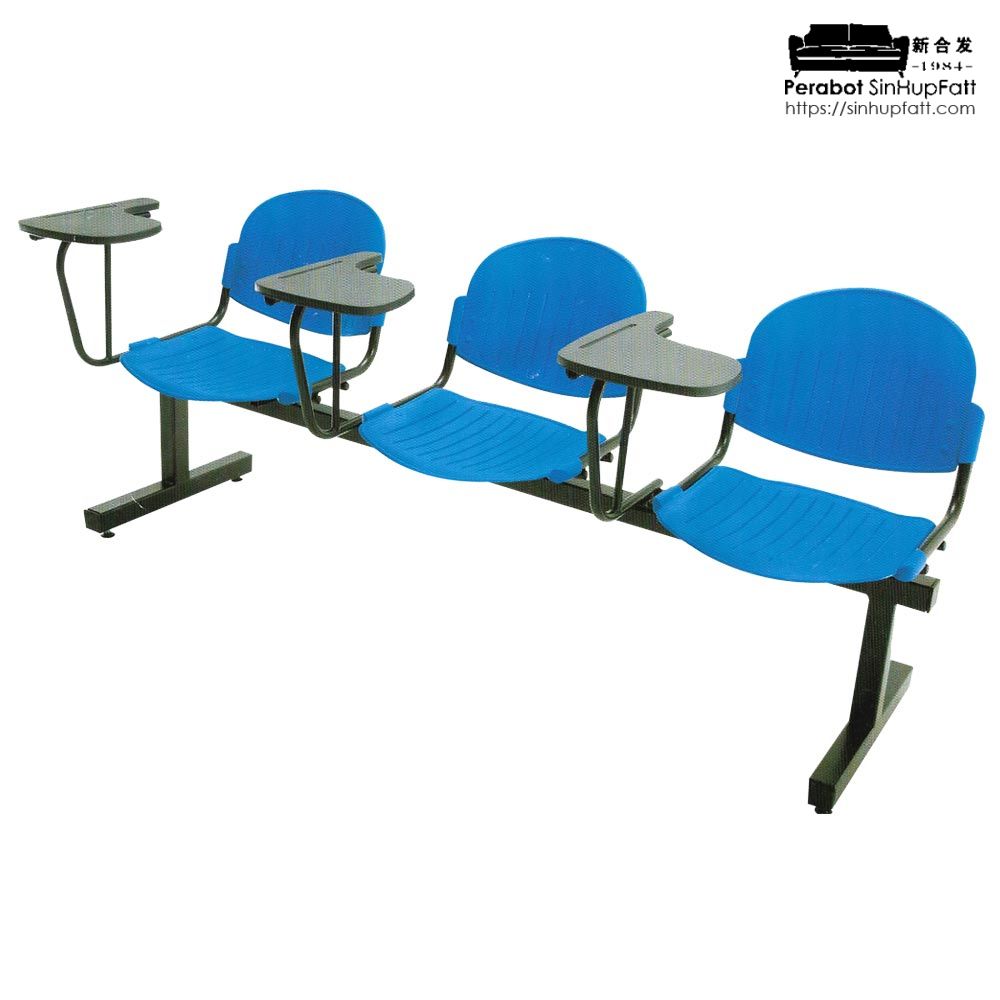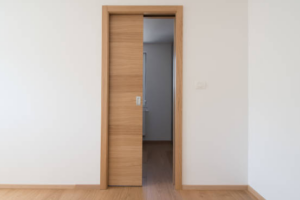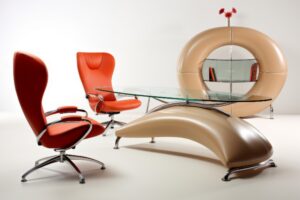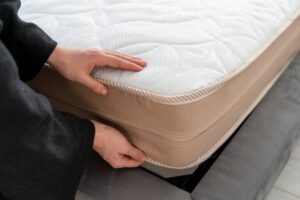
When you walk into a classroom or a banquet hall, you might not notice the chairs right away. Yet those chairs do more than provide a place to sit. They shape how people focus, move, and interact. Whether you’re furnishing a school or setting up an event, the student chair and Banquet chair carry a lot of unseen responsibility.
Choosing the right design isn’t just about appearance. It affects comfort, behaviour, and even productivity. Let’s explore why these chairs matter more than you might expect—and what makes them work well in their specific environments.
Understanding the Role of Design in Everyday Seating
Chairs are everywhere. Yet, the right chair in the wrong place creates more harm than help. Imagine a child learning in a stiff chair with poor back support. Or think of a guest shifting uncomfortably in a dining hall because the seat is too narrow. Function always starts with design.
Chairs made for learning or events follow different rules from casual home furniture. The way they’re shaped, supported, and moved matters deeply. In both classrooms and function rooms, a chair’s design should blend with how people sit, stand, and shift their posture throughout the day or evening.
The Purpose of a Student Chair
In schools, students spend long periods seated. Attention spans shrink fast when bodies feel strain. A well-designed student chair supports posture and keeps discomfort at bay. It helps students sit still without slouching or fidgeting. And it allows teachers to manage the class more easily.
What Makes a Student Chair Functional?
Several features support learning in a classroom setting:
- Ergonomic curves: Backrests should match the spine’s shape. This keeps the back supported without forcing posture.
- Durable materials: Steel legs, moulded plastic, and hard-wearing surfaces stand up to daily use.
- Lightweight frame: Students must move their chairs. A light frame helps them do this safely and easily.
- Flat seat with sloped edges: A comfortable seat discourages shifting and improves focus.
- Ventilated design: Some chairs include slits or holes to keep airflow steady and reduce heat build-up.
When you pick a chair for students, you don’t just choose something sturdy. You select a tool that supports growth, learning, and confidence.
Why Chair Height and Posture Alignment Matter
A chair that’s too high or too low strains the knees, neck, or shoulders. In young children, poor seating can even affect bone and muscle development. This is why student chair designs often follow age-based sizing.
In ideal posture:
- Feet rest flat on the floor.
- Knees bend at a right angle.
- Back presses gently against the backrest.
- Elbows bend comfortably when writing or reading.
This alignment reduces fatigue and lets students concentrate longer.
What Sets a Banquet Chair Apart?
Banquet halls serve different needs. The Banquet chair must suit events that range from weddings to seminars. These chairs must support guests who may sit for hours, talk, eat, and sometimes lean or twist in their seats.
Unlike classroom seating, banquet seating focuses on flexibility, elegance, and endurance. A chair here should blend with the decor while also serving many functions.
Key Features of a Good Banquet Chair
Banquet chairs come in many forms, but they often share these elements:
- Stackable frame: Space-saving is critical. Stackability allows for fast setup and storage.
- Padded seat and back: Guests sit longer and expect comfort.
- Neutral colours: Most banquet chairs use versatile colours that fit any event theme.
- Sturdy build: The chair must support different weights without bending or wobbling.
- Scratch-resistant legs: This protects floors and keeps chairs looking clean over time.
Why Chair Mobility Supports Function?
Movement is essential in both classrooms and events. Students move their chairs for group work or clean-up. Event staff arrange hundreds of chairs before and after a function. In both cases, the chair should support easy lifting and quick realignment.
Here’s where weight, leg design, and frame shape come into play. Wide bases give stability, while rounded edges prevent injuries during transport.

Comparing Student and Banquet Chair Needs
To see their differences clearly, here’s a quick table that breaks down their core features:
| Feature | Student Chair | Banquet Chair |
| Primary Function | Support for learning and posture | Comfort for events and flexibility |
| Padding | Often unpadded for structure | Padded for comfort |
| Stackable | Sometimes | Frequently |
| Weight | Light for student use | Moderate for durability |
| Mobility | High (easy to lift and move) | High (stacking and rearranging) |
| Appearance | Functional and plain | Sleek or formal, event-friendly |
| Common Material | Plastic or metal frames | Metal with upholstered seat/back |
This table shows how two chairs, though both seats, serve completely different needs. Their designs grow out of those needs.
Durability
Schools and event venues handle high traffic. Kids bump chairs. Event attendees drag them across the floors. Durability isn’t a luxury—it’s a necessity.
Both the student chair and Banquet chair models use materials that fight wear. Steel frames, hard plastics, and sealed upholstery stop daily use from turning into early damage. Rubber leg caps also protect floors and reduce noise.
Safety Considerations in Chair Design
Safety doesn’t just mean avoiding breakage. It means reducing fall risk, preventing pinched fingers, and limiting tip-overs. In classrooms, chairs must stay stable during fidgeting. In banquet halls, chairs must resist sliding on polished floors.
That’s why smart design includes:
- Angled legs for better balance
- Rounded corners to avoid injury
- Grippy footpads
- Welded joints instead of bolts that can loosen
Function grows out of safety, especially in shared or public spaces.
Adaptability for Different Settings
One size does not fit all. Event planners often need chairs that match a theme, whether formal or casual. Some banquet chairs use interchangeable covers, colour-matched frames, or curved backs for a refined look.
Schools may need stackable options for small spaces or multi-use rooms. Foldable options offer quick transitions in tight spots.
Impact on User Behaviour
The way a person sits changes how they act. Uncomfortable chairs lead to restlessness and poor focus. Supportive seating encourages calmness, participation, and attention.
Students in proper seats learn longer with fewer disruptions. Guests in comfortable banquet seating engage more with speeches or meals. Design influences behaviour subtly but powerfully.
Environmental and Maintenance Factors
Good design also includes ease of cleaning and long-term care. In schools, food spills, pen marks, and dirt build up fast. Banquet settings face wine stains, crumbs, and sweat from long hours.
Designers use wipeable materials, stain-resistant fabrics, and smooth surfaces. Chairs with fewer joints or fabric folds collect less dust and require less upkeep.
Design Trends Shaping Future Chairs
Seating trends now combine style with purpose. In classrooms, we see more colour to improve energy levels. Some chairs feature adjustable heights to grow with students. Lightweight polymers are replacing heavier frames.
Banquet spaces now favour clean silhouettes and subtle elegance. Some chairs include mesh backs for breathability. Designers seek forms that blend modern lines with ergonomic comfort.
Final Thoughts
A chair may look simple. But its design affects how we think, sit, and engage. In schools, a student chair holds more than weight—it holds attention. In event halls, a Banquet chair does more than match the décor—it supports hours of activity, comfort, and connection.
Well-designed chairs fade into the background while doing their job right. They don’t demand attention. Instead, they make the space more useful, more inviting, and more efficient.
Read Also:- Double Decker Bed and Banquet Table: Ideal Furniture for Growing Families




